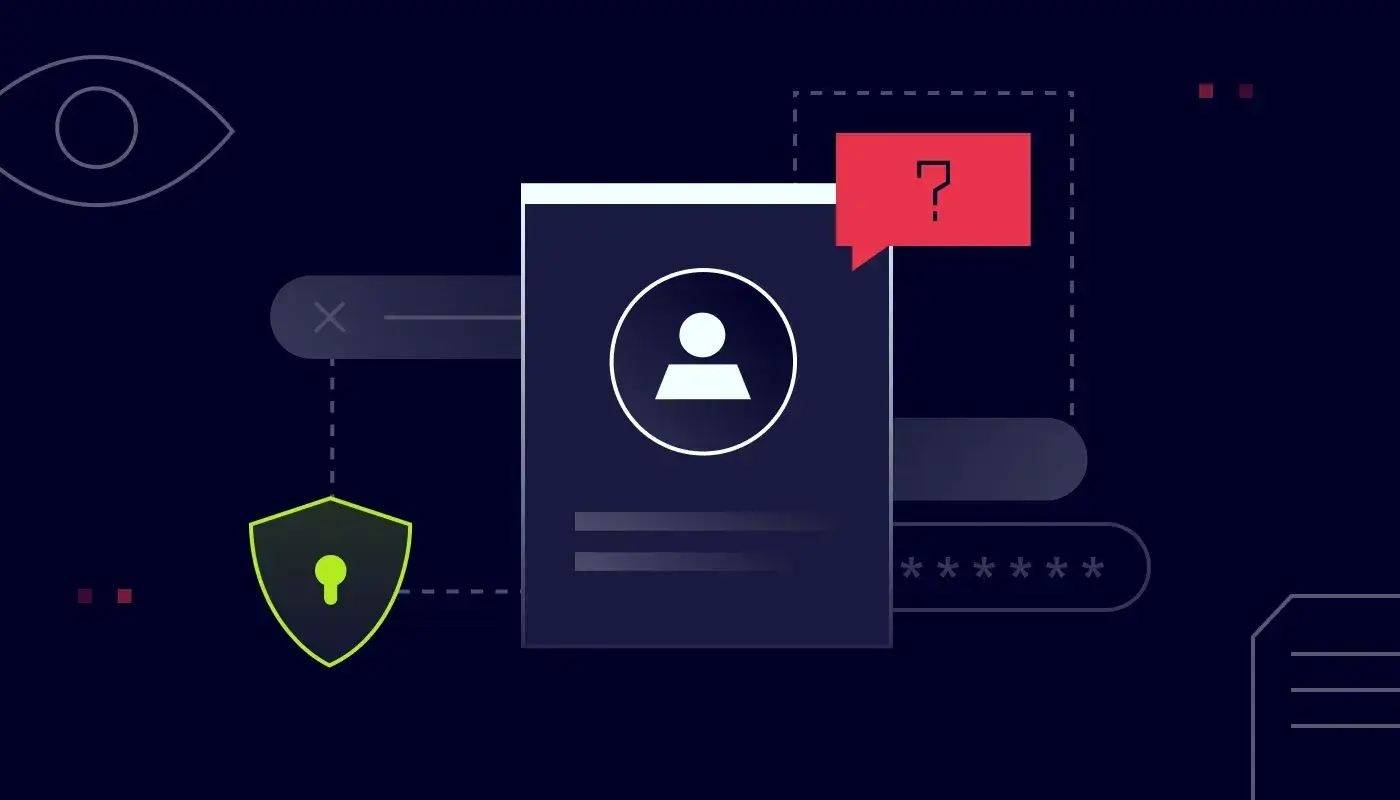Identity & Access Management (IAM): The Gatekeeper of Your Cloud Environment
Identity and Access Management (IAM) is the foundation of a robust cloud security strategy. It controls who can access your cloud resources and what actions they are permitted to perform. Implementing a strong IAM framework is paramount to protecting your data from both internal and external threats.
The core principle guiding every IAM strategy is the Principle of Least Privilege (PoLP). This dictates that every user, application, and service should only be granted the minimum permissions necessary to perform its specific task. For example, a database administrator should have access to databases, but not to the company’s financial records storage.
Key Components of a Mature IAM Strategy
While the principle of least privilege is the guiding star, a truly mature IAM strategy is built on a few core pillars. These components work in tandem to create a comprehensive and effective security framework.
-
Identity Lifecycle Management: This is the process of managing a user’s digital identity from beginning to end. It starts with provisioning, which is the creation of a user’s account and the assignment of their initial permissions. It continues through a user’s career with ongoing updates to their roles and privileges, and it concludes with de-provisioning, the timely removal of access when an employee leaves the company. Automating this process is crucial for efficiency and security, as it prevents human error and ensures that ex-employees no longer have access to sensitive data.
-
Multi-Factor Authentication (MFA): This is a non-negotiable security control that requires a second form of verification in addition to a password, dramatically reducing the risk of credential theft. Instead of just “something you know” (the password), MFA adds a layer like “something you have” (a mobile phone to receive a code) or “something you are” (a fingerprint or other biometric data).
-
Role-Based Access Control (RBAC): Instead of assigning permissions to individual users, you group users into roles (e.g., “Developer,” “Auditor,” “Administrator”) and apply policies to those roles. This simplifies management and ensures consistency at scale. It allows you to define permissions once for a role and then easily apply them to any user who needs to perform that job function.
-
Continuous Monitoring and Auditing: A mature IAM strategy doesn’t just set policies and walk away. It continuously monitors IAM policies and access logs to detect and respond to suspicious activity or policy violations. Automated auditing provides a clear, real-time picture of who is accessing what, and when, which is essential for both threat detection and regulatory compliance. This helps you quickly spot unusual access patterns or unauthorized attempts.
Why IAM is More Important Than Ever
With the rise of cloud computing, remote work, and a growing number of digital users (including human and non-human entities like AI agents and IoT devices), the traditional network perimeter has dissolved. The modern attack surface is no longer a single, well-defined network. It’s a vast, interconnected web of identities and access points.
IAM systems act as the gatekeepers in this new environment, carefully controlling who has access to what. They protect valuable assets, reduce the risk of costly data breaches, and help organizations meet compliance standards like GDPR and HIPAA.
By meticulously managing identity and access, you can prevent unauthorized activity and significantly minimize the attack surface of your cloud environment.
Want to see a real-world example of a secure IAM policy? Connect with me on GitHub, where I share snippets of secure configurations.



Hi, this is a comment.
To get started with moderating, editing, and deleting comments, please visit the Comments screen in the dashboard.
Commenter avatars come from Gravatar.